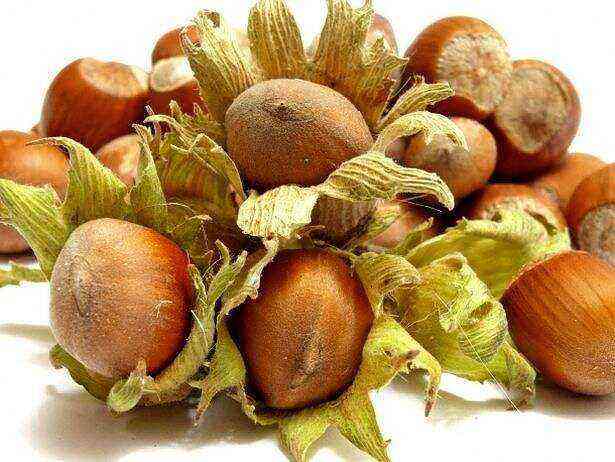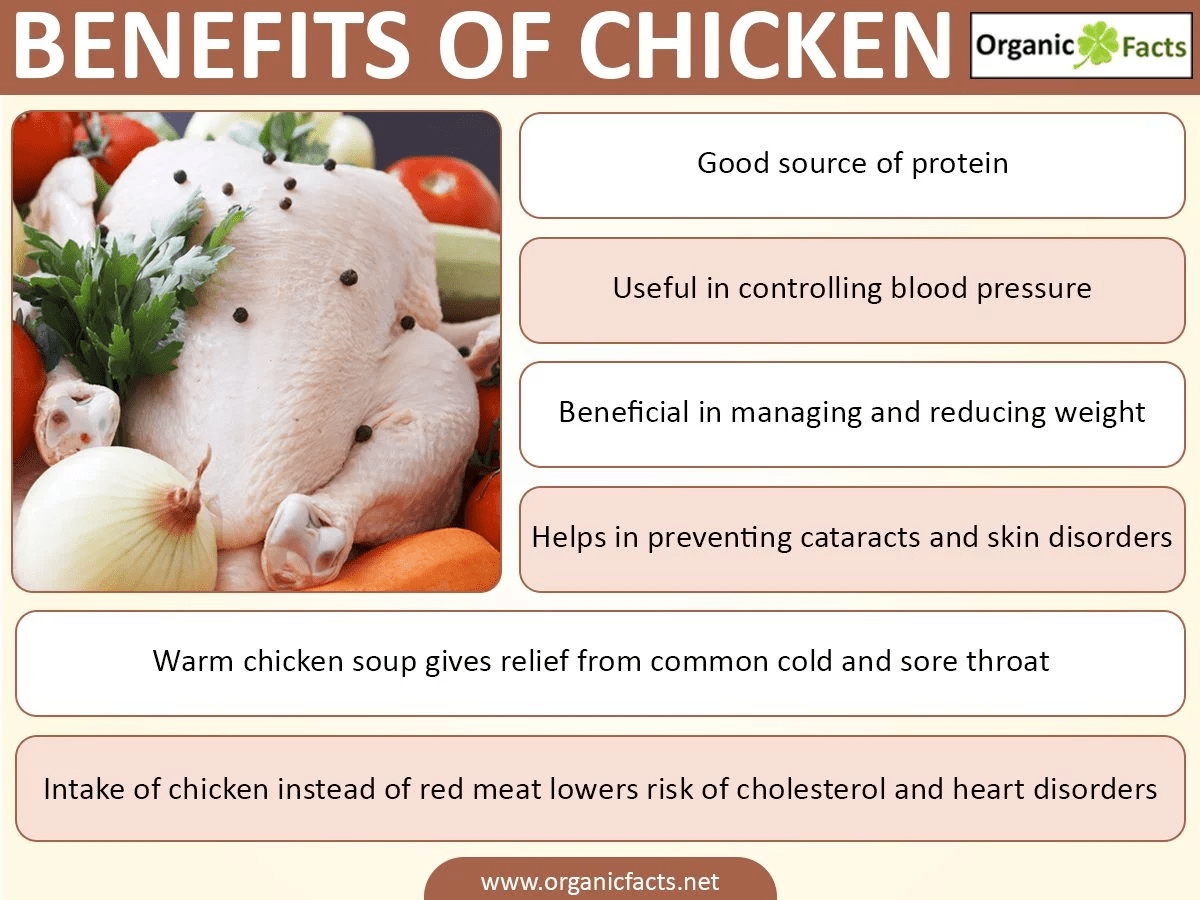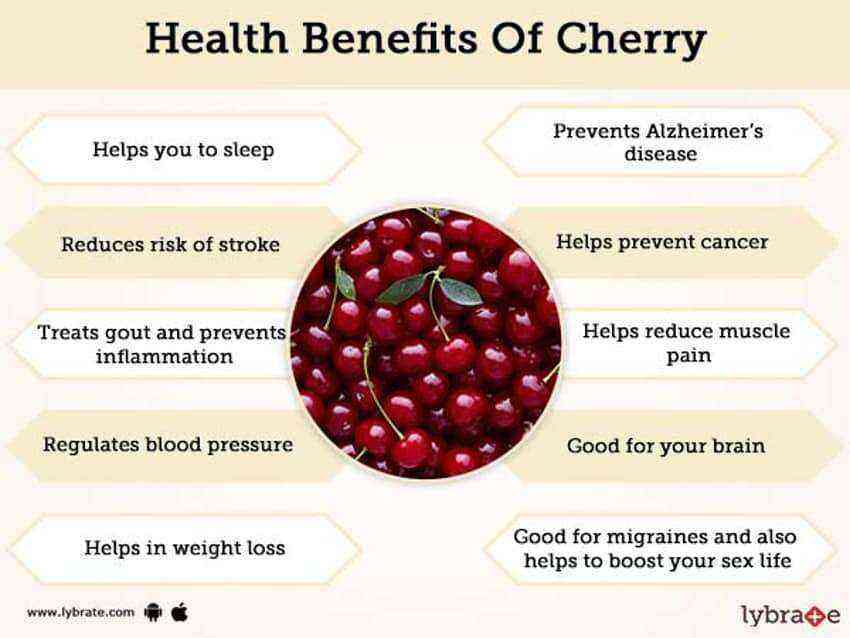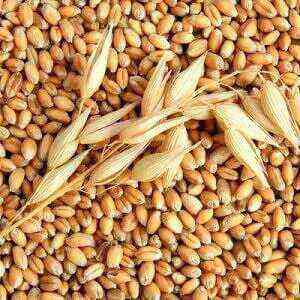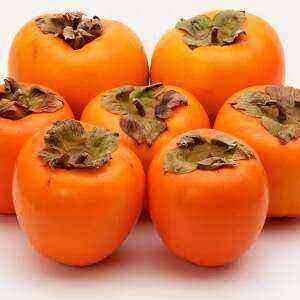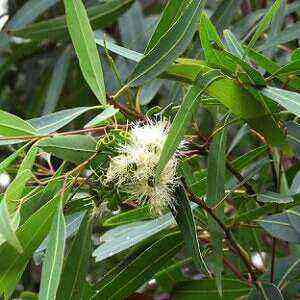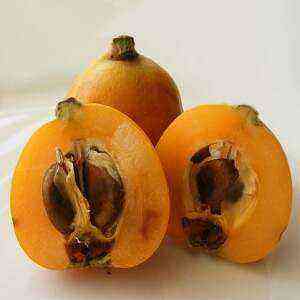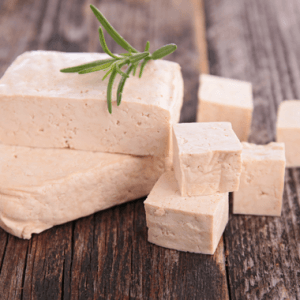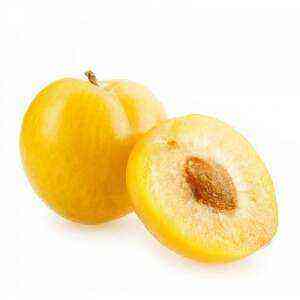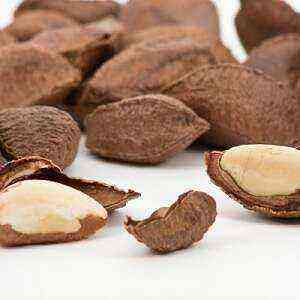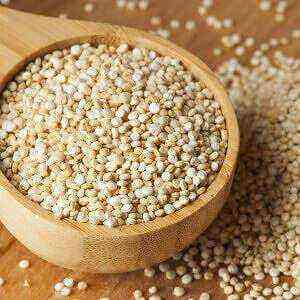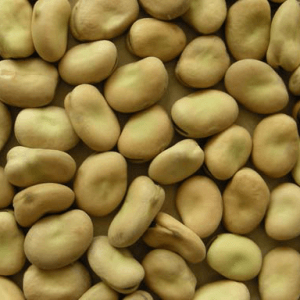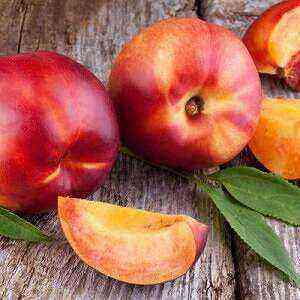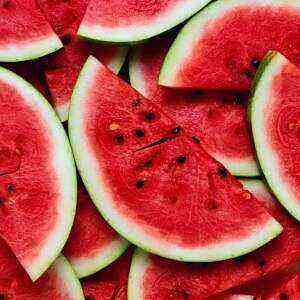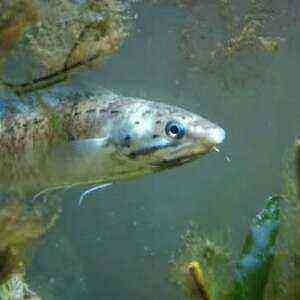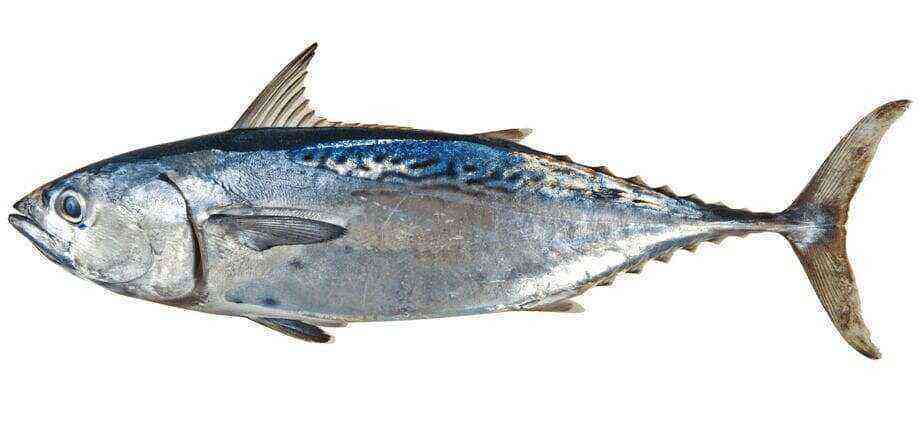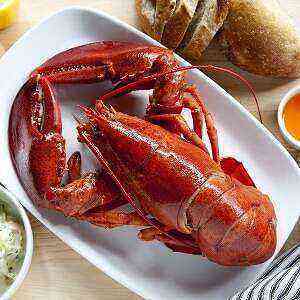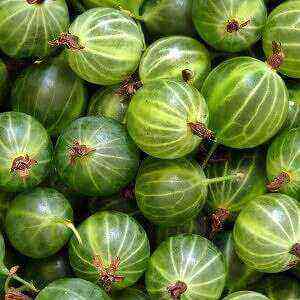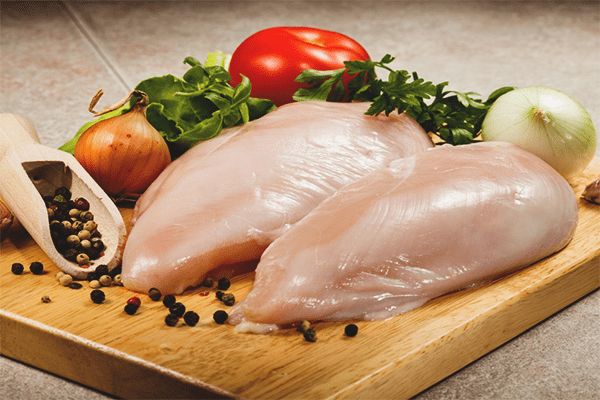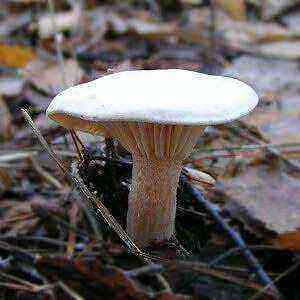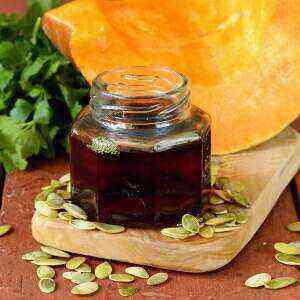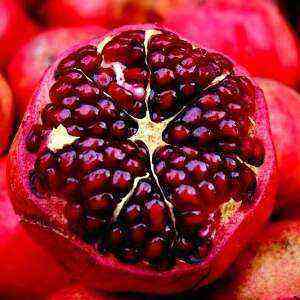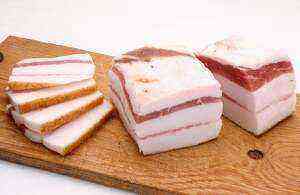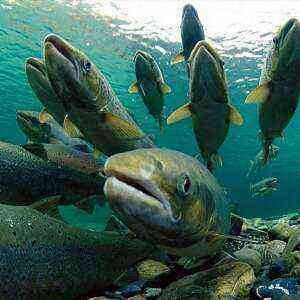 Pink salmon is a commercial fish belonging to the Pacific salmon family. By its name it is “obliged” to the growth that appears in males during the spawning period. Fish habitat – the cold waters of the Arctic and Pacific Oceans.
Pink salmon is a commercial fish belonging to the Pacific salmon family. By its name it is “obliged” to the growth that appears in males during the spawning period. Fish habitat – the cold waters of the Arctic and Pacific Oceans.
Pink salmon meat is extremely useful for the human body, because it contains a wide range of essential substances (vitamins, protein structures, microelements, fatty acids). With the systematic use of fish (two or three times a week), the condition of the dermis improves, the cerebral blood circulation is activated, the mood is increased, the bone tissue is strengthened. In addition, the likelihood of developing gastric ulcer, hypothyroidism, asthma, diabetes, hypertension, arthritis, and allergic diseases is reduced.
Overview
Pink salmon is the smallest and most numerous representative of the salmon fish family. The average length of an adult individual varies within 35 – 43 centimeters, and its weight is 1,5 – 2,2 kilograms.
Pink salmon is found in the rivers, seas and oceans of the northern hemisphere. The natural habitat of fish extends from the Siberian Lena River to the coast of the islands of Honshu and Korea, as well as from the Sacramento River (Northern California) to the Canadian reservoir of Mackenzie. In addition, it is found in the Great American Lakes, where it was successfully introduced from the waters of the cold seas.
Interestingly, pink salmon is one of the few representatives of fish that can live in both salt and fresh water. This phenomenon is associated with the life cycle of salmon.
Bulk spawning of pink salmon occurs in river reservoirs on shallows with sandy-pebble soil and fast flowing from July to September. The fish approaches the breeding site in the “wedding dress”: the males grow a hump and teeth, the jaws increase, spots on the body appear. After throwing caviar females die.
Hatching fry live in rivers until the beginning of summer. Then they migrate to the saline waters, where their puberty occurs (during the year). In the middle of next summer, adults return to freshwater reservoirs to spawning grounds. After throwing caviar, the life cycle of the pink salmon is repeated.
The appearance of salmon depends on the habitat. The typical color of a fish living in the sea is silver or light blue. After entering the spawning area, its color changes: the belly becomes yellowish-white, the body becomes brown, the tail and fins turn black.
Chemical composition
Pink salmon is a source of easily digestible protein, polyunsaturated fats (omega-3), B vitamins, micro and macro elements (sulfur, chromium, phosphorus, cobalt, iodine).
Table number 1 “Chemical composition of pink salmon”
Nutrient Name
Element content in 100 fish grams, milligrams
Vitamins
Vitamin B4 94,5 Vitamin B3 / PP 4,6 Vitamin E 1,5 Vitamin C 0,9 Vitamin B5 0,75 Vitamin B6 0,6 Vitamin B1 0,2 Vitamin B2 0,16 Vitamin A 0,03 Vitamin D 0,01 , 0,004 Vitamin K XNUMX
Macronutrients
Калий
335
Фосфор
200
Сера
190
Хлор
165
Натрий
70
Магний
30
Кальций
20
Trace Elements
Цинк
0,7
Железо
0,6
Фтор
0,43
Медь
0,11
Хром
0,55
Йод
0,05
Марганец
0,05
Селен
0,045
Кобальт
0,02
Никель
0,006
However, do not abuse fish meat, since 100 grams of pink salmon contains up to 60 milligrams of cholesterol, which poses a danger to people with heart and vascular diseases.
Useful Properties
Pink salmon is a record holder for omega-3 fats, which have anti-inflammatory, oncoprotective, bioregulatory, immunomodulating, hypocholesterolemic, antiarrhythmic and cardioprotective effects on the body. The fish also contains amino acids and antioxidants that have a beneficial effect on the human body.
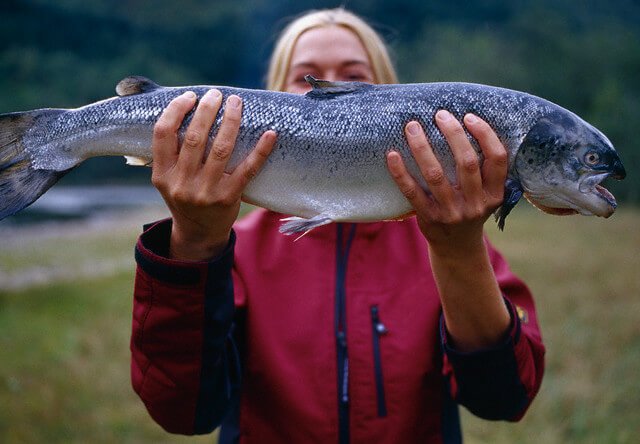 Useful properties of salmon:
Useful properties of salmon:
- Reduces the likelihood of developing malignant tumors, stabilizes the activity of cell membranes, prevents the formation of blood clots (omega-3 acids, protect DNA cells from the action of free radicals, gene mutations and adhesion of exogenous deposits on the walls of blood vessels).
- Normalizes water-salt metabolism (due to the content of potassium, sodium and magnesium).
- Improves the appearance of skin, nails, hair (fat-soluble vitamins, essential lipids and trace elements prevent dehydration of the dermis).
- Supports rheological parameters of blood (sodium, potassium, fluorine, zinc are involved in the blood-forming processes).
- It has an anti-inflammatory effect on the body, prevents the development of autoimmune diseases (this effect is pink salmon “must” riboflavin, zinc and polyunsaturated fatty acids).
- Accelerates the regeneration of intracellular structures, tissues and organs of the body (B vitamins, omega-3, iodine, sodium, zinc, selenium and phosphorus are involved in the formation of enzymes that accelerate the process of rejuvenation of the body).
- Protects dental tissue from caries (fluoride strengthens enamel).
- Normalizes the central nervous system, improves cerebral circulation, improves mood (due to the presence of B vitamins and magnesium).
- It stimulates the endocrine glands, prevents the development of iodine deficiency (due to the content of iodine, copper, selenium, zinc and manganese).
- Increases hemoglobin, saturates the cells of the body with oxygen (because it contains iron and vitamin C).
- Strengthens blood vessels, prevents the formation of wrinkles (flavonoids, antioxidants and fat-soluble vitamins increase the elasticity of connective tissue).
- It prevents the development of obesity (phosphorus stimulates chemical reactions in the cells, as a result of which the metabolic rate increases).
- Improves the digestive tract (due to the content of vitamin PP, thiamine, pantothenic acid and zinc).
- Accelerates bone tissue regeneration, strengthens muscles, protects the skeleton from destructive changes (due to the presence of calcium, zinc and phosphorus).
- Regulates the concentration of sugar in the blood (chromium and polyunsaturated fats increase the sensitivity of cells to insulin).
- Potentiates the synthesis of enzymes necessary for the functioning of the body (zinc, vitamin PP, thiamine, pyridoxine, biotin, manganese, copper “respond” to building hormones).
- Protects nerve cells from destruction, accelerates the restoration of damaged tissues (due to the presence of choline and histidine).
- Stimulates the production of its own collagen (due to the presence of sulfur, zinc and copper).
Pink salmon is recommended to eat to all categories of the population twice a week according to 150 – 300 grams per dose, depending on age, body weight, and health status.
People suffering from autoimmune and iodine deficiency disorders, schoolchildren, students, pregnant and lactating women should increase their fish consumption up to three to four times in 7 days.
It is interesting that for the inhabitants of the Far North, where there is a shortage of sunlight, pink salmon is an indispensable product, since it contains vitamins D and B12, which prevent the appearance of rickets in babies.
Fish consumption is limited by:
- chronic liver pathologies;
- gastrointestinal ulcers;
- kidney and urinary system diseases;
- allergic reactions to seafood.
In addition, if a person has hyperthyroidism or fluorosis, pink salmon is completely excluded from the daily menu (due to the high content of iodine and fluorine).
How to choose pink salmon
Today, on the shelves of stores, fish is presented both as a whole and in a cut form. However, more and more often the gutted carcasses are stored in inappropriate conditions, and under the guise of steaks, fillets or backs, the spoiled goods are hidden.
 Useful tips on choosing pink salmon:
Useful tips on choosing pink salmon:
- In fresh fish, the abdominal cavity is pink and in the old carcass it is yellow.
- The gills of a recently caught pink salmon have a bright red color (odorless). If there is greenish mucus on the organs, this indicates that the carcass has begun to deteriorate.
- When buying undivided or frozen fish, carefully inspect the tail, fins and head. These organs are the main indicators of product freshness.
Repeated freezing is indicated by a dry “weathered” tail (with a damaged structure), ajar mouth and sunken eyes.
- The chilled carcass skin is clean, smooth, without damage, bends and spots, tight to the meat. The scales of such fish are silvery and shiny, firmly holding onto the body. If the skin easily moves away from the pulp – the goods were stored for a long time on the shelves, it is better to refuse to buy such seafood.
- Fresh pink salmon meat is painted in a delicate pink color. The whitened fillet “indicates” to repeated freezing or improper storage of the goods.
- The muscles and back of seafood must be tight to the touch. If there is a dent when pressing from a finger, the fish is rotten.
- When choosing salmon do not pay attention to the brightness of the eyes. In fish that have passed at least one cycle of freezing, they are always turbid.
- A recently caught pink salmon is always sinking in the water and not bending in the palm of your hand.
Remember, frozen fish simplifies the process of cooking, accelerates it, but greatly complicates the ability to determine the quality of the product.
Cooking application
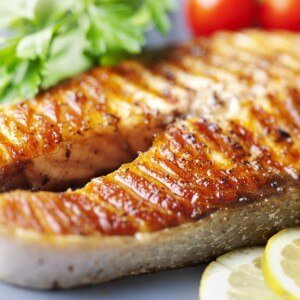 Due to the prevalence and low cost, pink salmon is successfully used in cooking. Fish meat is dense. It is ideal for boiling, frying, baking, stewing, pickling, salting, canning and smoking.
Due to the prevalence and low cost, pink salmon is successfully used in cooking. Fish meat is dense. It is ideal for boiling, frying, baking, stewing, pickling, salting, canning and smoking.
Subtleties of culinary processing of pink salmon:
- For the preparation of first courses it is better to buy a whole fish, and to create garnishes, snacks, delicacies – a carcass without a head.
- Before roasting, pink salmon is soaked in olive oil for 20 minutes and then smeared with mayonnaise or your favorite sauce. Such processing will help prevent the fillet to dry out.
- If the carcass is sprayed with lemon or orange juice (2–3 times) during the preparation of the fish, the seafood will acquire a spicy citrus flavor.
- When processing pink salmon, it is important not to overdo it with spices (so as not to “kill” the exquisite taste of salmon). Seafood goes well with allspice, vegetable oil, lemon juice, sour sauces.
- Before cooking a whole carcass, gills are removed from the head. If they are not removed, the product will acquire a bitter taste.
- Fat grades of pink salmon are baked without oil, and lean, on the contrary, are added to it.
- As a garnish, fish is served with stewed or fresh vegetables.
- The food used seafood pink, caught in the sea or ocean. During the spawning period, the pink salmon meat grows white, losing its taste.
The calorie content of pink salmon varies from 140 to 200 kilocalories per 100 grams of product, depending on the cooking method. So, the energy value of raw fish is 140 kilocalories, boiled – 150 kilocalories, baked – 160 kilocalories, lightly salted – 169 kilocalories, fried – 200 kilocalories.
Due to the low fat content and low calorie content, pink salmon is considered a dietary product.
How to pickle fish?
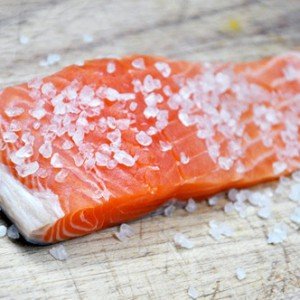 Salted salmon – an exquisite appetizer option, both for everyday and festive table. Currently, there are many recipes for salmon meat salmon. Therefore, housewives often have a question: how to cook fish at home?
Salted salmon – an exquisite appetizer option, both for everyday and festive table. Currently, there are many recipes for salmon meat salmon. Therefore, housewives often have a question: how to cook fish at home?
“Wet” way of salting fish
- Gut the carcass. For this, the fish is thawed at room temperature for 5 hours. After thawing the product is cut: remove the head, tail, fins, remove the skin, rip the abdomen, remove the insides. Then the carcass is washed under running water and the fillets are separated from the ridge and bones.
- Cut the prepared meat into portions.
- Prepare a solution for salting. For this, 60 – 75 milligrams of large table salt (4 – 5 tablespoons) is poured into a liter of cooled boiled water. The mixture is thoroughly mixed.
- Place the pink salmon fillet in the brine on 20 – 40 minutes. The exposure time of the fish in saline solution depends on the individual preferences of the family.
- Remove the pieces of pink salmon from the brine and put on a paper towel.
- Put the seafood in a glass jar and put it in the fridge.
The finished product is stored no more than 5 days at a temperature of + 4 degrees Celsius.
To increase the shelf life, fish smeared with vegetable oil.
The classic recipe for dry salting
- Divide the prepared pink salmon into 2 parts (without removing the film from the skin).
- Pour the fillet with salt (based on 45 grams of spice per kilogram of seafood).
- Lay both parts of the fish on cotton fabric (meat inside).
- Wrap the carcass with the material, and then place it in an airtight container.
- Put the container with pink salmon in the refrigerator for 14 – 15 hours.
After salting, the fish is cleaned of salt residues and sprinkled with olive oil.
Recipe for dry salting of pink salmon with spices
Ingredients:
- pink salmon – 1 kilogram;
- coarse sea salt – 75 grams;
- sugar – 30 gram;
- lemon juice – 15 milliliters;
- ground black pepper – 5 grams;
- fresh parsley – sprig;
- bay leaf – 3 pieces.
Principle of preparation:
- Cut the prepared carcass on the 2 part (without removing the film from the skin).
- Mix salt, sugar and black pepper.
- Grate both sides of the fillet with the seasoning mixture, and then place the fish in an enamel or glass bowl.
- On top of the seafood lay bay leaves and greens, pour with lemon juice.
- Cover one half of pink salmon.
- Seal the dish and refrigerate for 48 hours.
- Turn the fillet twice a day.
After two days, remove the remaining salt with a paper napkin. The fish is ready to eat!
Hostess on the note
Consider the popular recipes for cooking fish dishes.
Pink Salmon Baked with Tomatoes
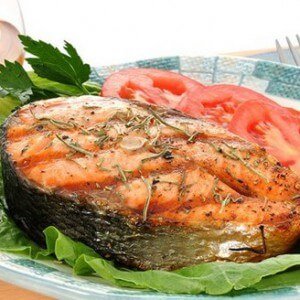 Ingredients:
Ingredients:
- pink salmon – 900 – 1000 grams;
- onion – 2 heads;
- lemon juice – 15 milliliters;
- tomatoes – 3 – 4 pieces;
- ketchup – 15 milliliters;
- mayonnaise – 45 milliliters;
- vegetable oil – 15 – 30 milliliters;
- salt – to taste.
Method of preparation:
- Slice the fish into steaks.
- Soak seafood in lemon juice for 10 minutes.
- Peel and chop tomatoes, onions.
- Season the vegetables with a mixture of mayonnaise and ketchup.
- Grease the baking dish with oil.
- Lay layers of pink salmon, tomatoes and onions.
- Bake fish for 45 minutes at a temperature of 180 degrees.
Ready pink salmon is juicy with a crisp crust.
Fish Baked in Foil
Ingredients:
- pink salmon (whole carcass);
- lemon – 1 piece;
- a mixture of freshly ground peppers – 5 grams;
- salt, seasoning (to taste).
Sequence of preparation:
- To cut pink salmon: remove the head, fins, entrails.
- Rinse the carcass under running water.
- Prepare marinade: mix salt, pepper, seasonings, mayonnaise, lemon juice.
- Smear the fish with the mixture and leave to marinate for 3 – 4 hours.
- Place lemon half rings inside the abdomen.
- Wrap the foil in the carcass (tightly) and place in an oven heated to 180 degrees for 30 minutes.
When serving, decorate the dish with greens.
Ear from pink salmon
 Ingredients:
Ingredients:
- pink salmon – 1 thing;
- water – 2,5 liters;
- onion – 1 head;
- potatoes – 4 pieces;
- carrots – 1 piece;
- pepper ground, salt – to taste.
Step-by-step recipe:
- Cut and thoroughly rinse pink salmon.
- Cut the fish into steaks. Remove the gills from the head. Cut fillets from the ridge, salt and put in the refrigerator
- Cook the broth. To do this, put fish head, tail and fins into boiling water. 30 broth is cooked for minutes over medium heat, constantly removing scale. Ready fish broth is filtered through cheesecloth or a fine sieve.
- Prepare vegetables and spices. Onions are peeled and cut into 2 pieces, which are fried in a dry pan.
For soup, it is better to choose fragrant, rather than hot peppers (so as not to drown out the delicate aroma of fish).
- Peel and cut carrots and potatoes.
- Put strained broth on a plate, bring to a boil.
- Add vegetables, spices, and rice or millet, if desired. After boiling, put salted pink salmon fillet in broth.
- Boil the ear over low heat until cooked potatoes (15 – 20 minutes).
- Add salt for 5 minutes until the dish is ready.
Interestingly, the traditional fish soup consists of only fish and broth (without adding vegetables, cereals and seasonings).
Stuffed pink salmon
Ingredients:
- pink salmon (whole carcass with head) – 1,8 kilogram;
- tomatoes – 3 pieces;
- eggs – 6 pieces;
- salt – 5 grams;
- cheese – 100 gram;
- salt, spices – to taste.
Principle of preparation:
- Cut the fish (head not cut), remove the gills, thoroughly wash the carcass.
- Remove the rib bones through the hole in the abdomen (thin knife).
- Remove the ridge through the abdominal incision (severing the bone at the tail and base of the head).
- Salt the fish from inside the carcass.
- Prepare the stuffing. To do this, chopped tomatoes are combined with raw eggs, salt, and spices. The mixture is poured into a small container (with sides) and put in a well heated oven (on 10 – 15 minutes). On top of the finished omelet spread thin slices of cheese.
- Overlay the abdominal cavity of pink salmon with chopped cheese.
- Roll up the omelet with a roll and place it in the fish’s belly (on top of the cheese).
- Fasten the abdomen with toothpicks, lay seafood on a baking sheet.
- Bake pink salmon at a temperature of 180 degrees for the duration of 40 – 50 minutes.
You can add extra shine to the fish with vegetable oil, which is lubricated with the carcass 20 minutes after the start of cooking.
Conclusion
Pink salmon – a storehouse of nutrients. It contains almost all the nutrients necessary for a person. Red fish is rich in potassium, magnesium, phosphorus, folic acid, B vitamins, polyunsaturated fats, sulfur, zinc, iodine, chromium. These elements support the health of the immune system, brain, musculoskeletal system, the optic organ, and the endocrine glands. Along with this, pink salmon contains a large number of protein structures, without which the correct synthesis of enzymes is impossible.
Regular intake of fish (twice a week for 200 grams) improves the appearance of the skin, heals ulcers on the mucous membranes, improves mood, increases efficiency, normalizes pressure, strengthens muscle and bone tissue. Pink salmon should become a regular guest on the table of pregnant and lactating women, since it consists of polyunsaturated fats, which play a primary role in the ontogenesis of the nervous, hormonal and immune systems of the child.
Individuals caught from the salty waters of the seas or oceans have the highest nutritional value.
Remember, the meat of fresh pink salmon has a delicate pink color, the gills are red, the skin fits tightly to the meat, the scales are shiny without flaws, the tail and fins are moist with a solid structure, and the eyes are bulging.
